My Uncle Hugh Cleage playing tennis in the alley behind their house on Scotten. Seems to be quite dressed up for alley tennis. I don’t know who he is playing with.
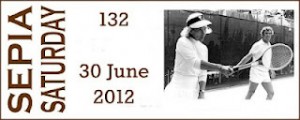

Belle Isle is an island park in the Detroit River. There used to be a ferry that ran from Detroit to Belle Isle but it hasn’t run for years, decades. You can drive, bike or walk across on the Belle Isle Bridge.. From one side of the island you can see Canada, and from the other, Detroit. There are, or use to be, a Conservatory, a petting zoo, a herd of Fallow Deer (I believe disease got them), an aquarium, an exclusive yacht club (Did it ever integrate?), a casino, riding horses, horse drawn buggies, ponies, ice skating, a wonderful fountain that had colored water in the summer (It was done with lights), fishing, picnicking and swimming. We spent a lot of time on Belle Isle when I was growing up. My mother told us that when she was growing up, people slept there during heat waves. In the last few years Belle Isle has been made into a State Park and there is a charge for visiting.
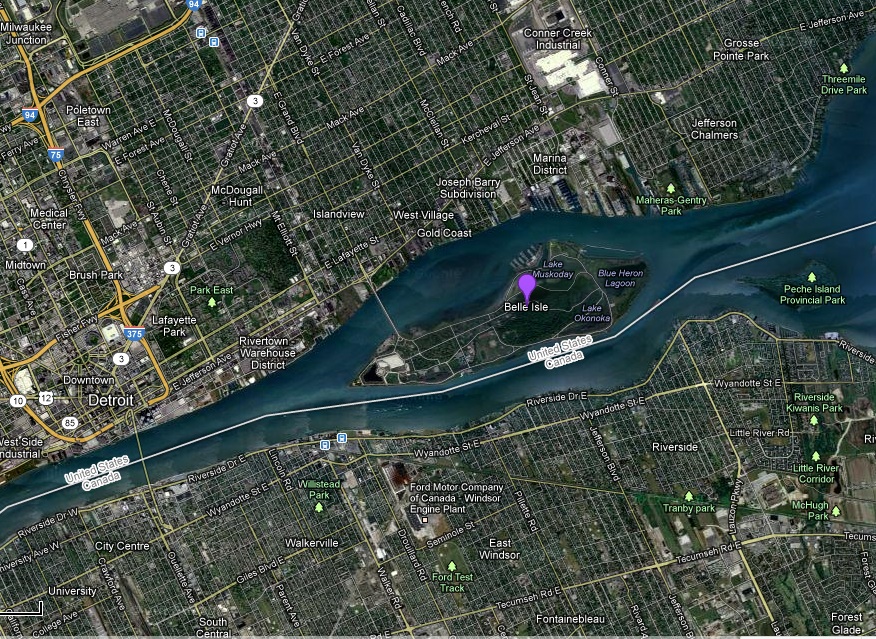
My mother, sister and I seem to have spent the day at Belle Isle with some family friends. Harold and his family are the only family I remember my parents taking us over to their house to visit, as a family.Harold was about Pearl’s age and there was a sister, Andre, and a brother, Edward, who were older than we were. Andre’s mother made her get rid of her Betsy McCall paper dolls at some point because she was “too old to play paper dolls.” Many years later there was a younger daughter, Michelle.
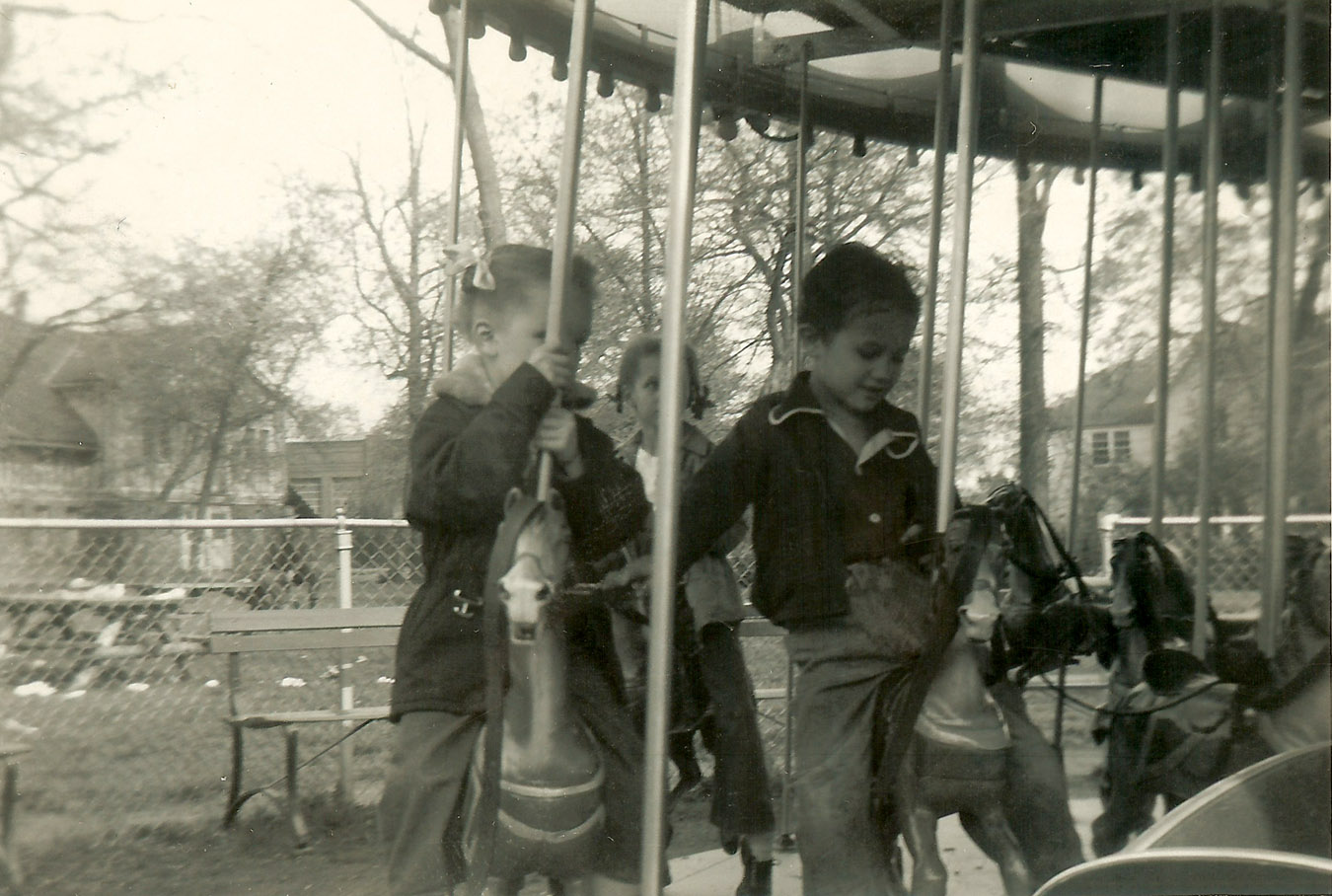
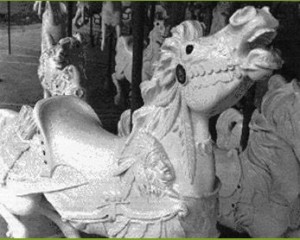
It says “Belle Isle” on the back of the photos. I don’t remember so many houses or buildings as you can see in the background. Corrections or confirmation from other Detroiters welcome.
The picture of the horse to the left looks much fancier than the ones we are riding above.
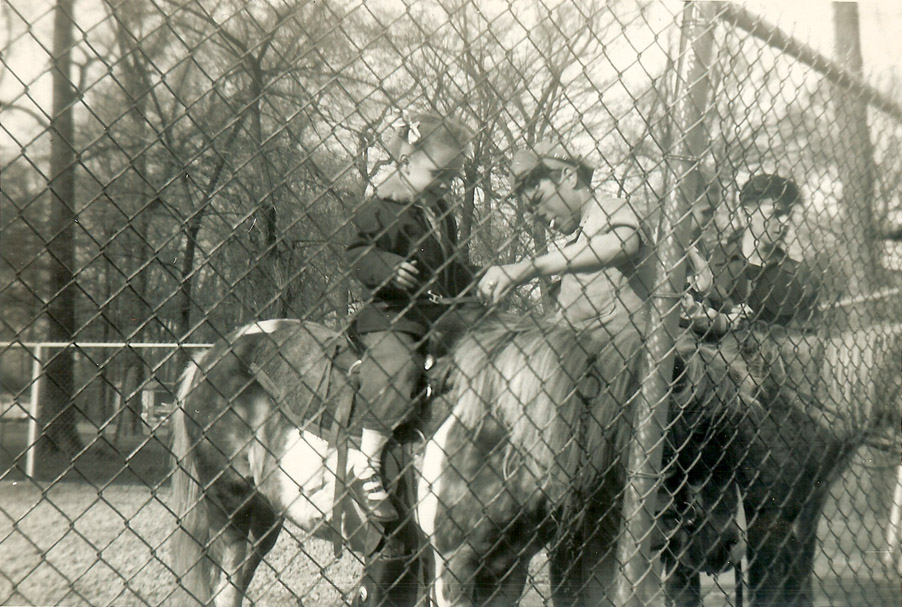
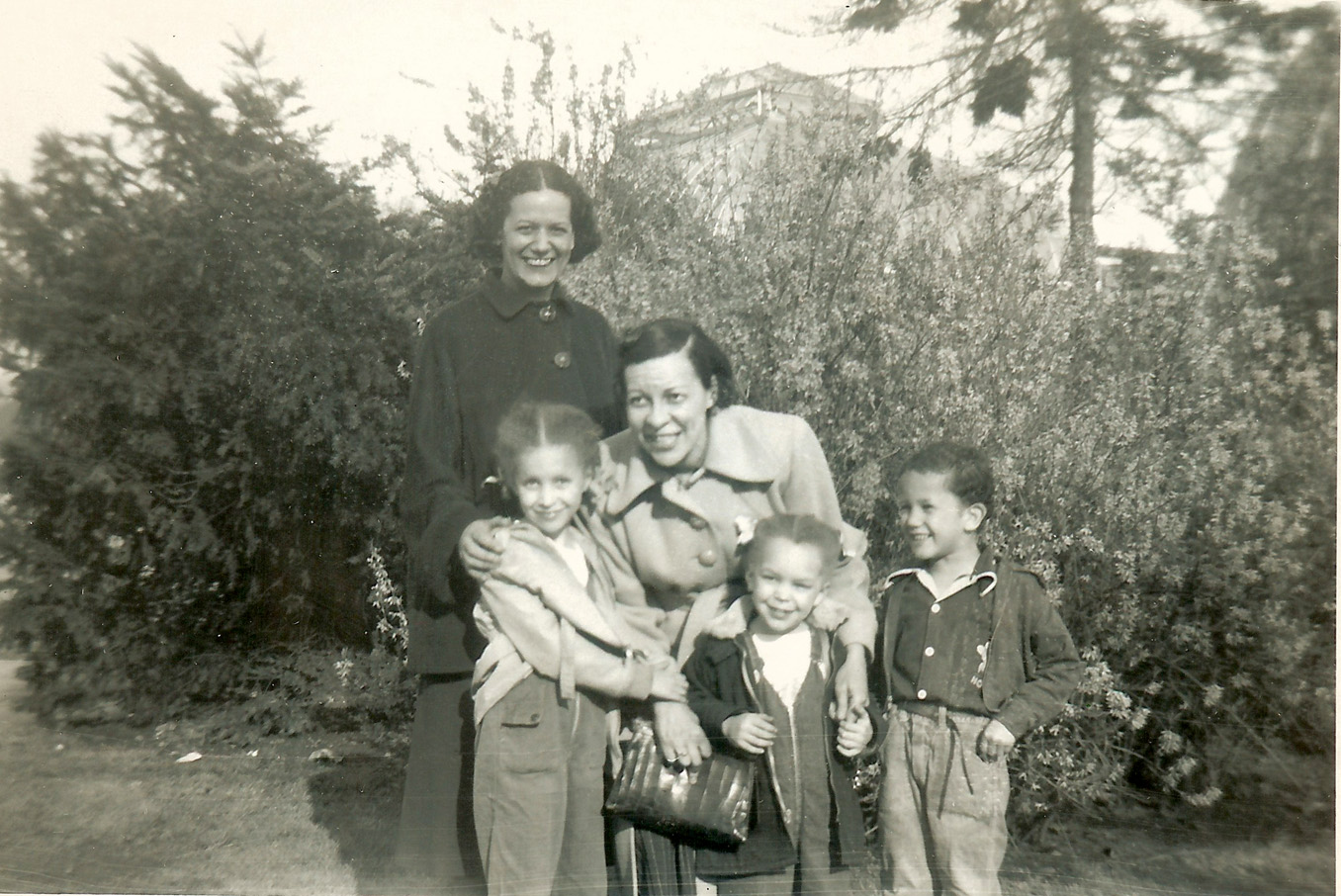
Connie was my mother’s best friend from Eastern High School. She and her husband, Warren, lived on the East side in one of the new little houses built after WW2. We lived on the West side and we only went to visit once or twice a year. It wasn’t in another city though and I don’t quite know why the visits were so infrequent. Perhaps my mother was too busy to go during the school year and Connie didn’t drive because I never remember her visiting us.
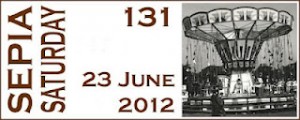
Other posts with photographs taken on Belle Isle Skating Champions and Mershell Cunningham Graham, Jr From a different blog, a post about outtings at Belle Isle back in the 50s and 60s. With photos of various places around the island – Detroit Chinatown: Blast from the past Belle Isle.

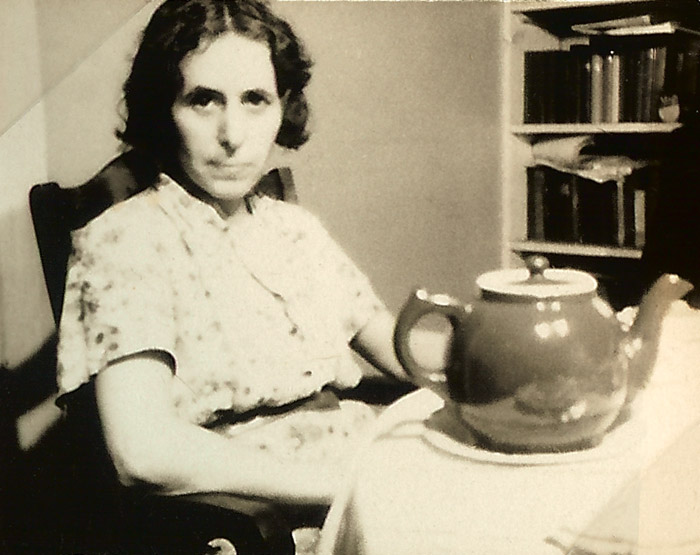 My Grandmother Pearl Reed Cleage with a pot of tea, early 1940s.
My Grandmother Pearl Reed Cleage with a pot of tea, early 1940s.
My grandmother always had a pot of tea on the dinner table. My sister, cousins and I grew up drinking cambric tea. She made it for us by pouring a bit of tea in the cup and filling the rest with milk. The first time I had chai at an Indian restaurant, it took me right back to my grandmother’s cambric tea. When my daughters call to say they are on the way over, I put on the water for tea. Some drink cambric and some drink herbal. I still prefer cambric, without sugar.
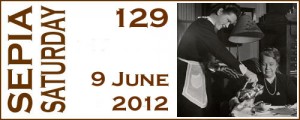
More information about cambric tea and how to make it. It’s not that exact but for those who want the recipe click Mr. Peacock: The Comfort of Cambric Tea. Mr. Peacock seems to be pouring his tea from a chocolate pot, I notice.
These cows appear to be coming to the barn for milking. I believe they were on the farm my uncles Henry and Hugh Cleage had during WW2 as conscientious objectors. They had to milk a certain number of cows and they also had chickens. Henry was 26 and Hugh was 24 when they started farming. Hugh had a degree in agriculture from Michigan State University. They were conscientious objectors because of segregation and discrimination both inside and outside of the military. All of the training camps were located in the segregated south and the officers were all white. Henry wrote several of his stories while working on the farm, which was called “Plum-Nelly”, as in “Plum out the county, nelly (nearly) out the state”. Their farm was located near Avoka in St. Clair county, 62 miles north of Detroit.

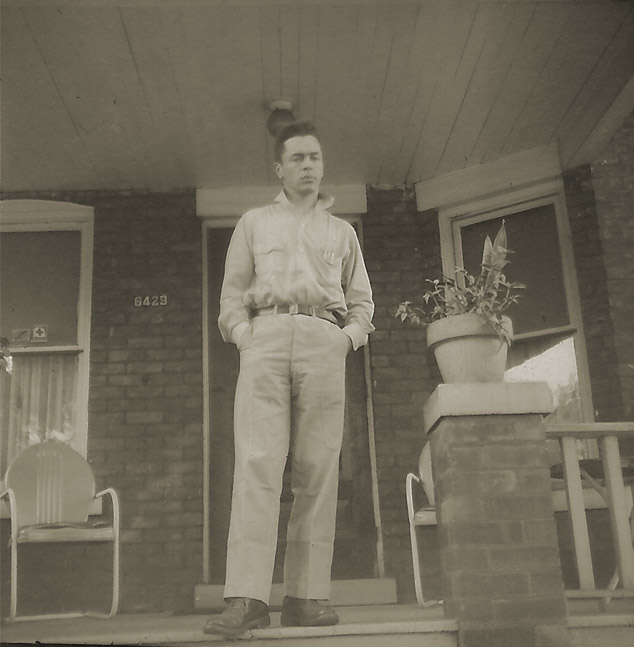
___________________
I found an interesting interview with Ernest Calloway that reminded me of talking with Henry about being a conscientious objector below. You can read the full interview here – INTERVIEW WITH ERNEST CALLOWAY where he talks about other aspects of his long and interesting career as a labor organizer.
CALLOWAY: “Of course, in the first instance, I was a conscientious objector on the grounds of racial discrimination. I had the first…mine was the first case, you know. I refused to go into the Army as long as the Army was Jim Crow. And, oh, this was a battle for about two years. Over local draft board and state appeals board. I don’t think they ever actually settled the case…I think the case is still on the files somewhere…they just forgot about it. But I had pointed out on my questionnaire, the military wanted this questionnaire that I was given, the question was asked, “Are you a conscientious objector on moral grounds?” I scratched out the word “moral” and wrote in “special”, social grounds. And then I submitted a statement to explain that on the question on racial discrimination, under no condition did I feel like I was obligated, you know, to accept service in the Army. Of course, the chairman of the draft board thought I was kidding. And I insisted to him that I wasn’t kidding. I pointed out to him that if I was going to die then I was going to insist that it be on the basis of equality, you know. And, of course, finally, finally I did. Finally, the Communists wanted to take over the case in Chicago…then I get a telegram from Walter White of the NAACP that the NAACP would be interested in pushing the case. And White suggested that I contact the Legal Redress Committee there in Chicago, at the Chicago NAACP. And I went down to meet with the Legal Redress Committee which included such people as Earl Dickerson and some of the top black lawyers, you know, in the city of Chicago. But I found myself on the defensive because they were primarily concerned on…to determine what was my political background and my attitude about war in general. At that time, I was associated with the Keep America Out of War Congress which was headed, I think, by Norman Thomas… Norman Thomas, at the time…and a number of other liberal, socialists and liberals. And after about an hour and a half of this being on the defensive, trying to explain myself, I finally pointed out to these, to the lawyers, that I’m here at the invitation of Mr. White…that he asked me to come down and said the NAACP was interested in the case… that they would like to pursue the case of discrimination in the Army, but if you fellows are not interested in this, and I do not have to explain my political, you now…political motives and that sort of thing. That I can take care of myself, you know. I know what to do to take care of myself. Then I walked out of the room and, of course, one of the young lawyers followed me and he said he felt that I was right, that he would like to work with me on the case. And finally I was called into the office of the State Appeals Chairman who happened to be a Negro. And he wanted to know what was, and, of course, evidently a lot of publicity was being given to the thing, the national magazines, the black press, and that sort of thing. As a matter of fact, we had decided to form a little organization of our own, which included Sinclair Drake, who at that time was working with Horace Keaton on that Chicago, black Chicago project, Enoch Waters who was the editor of the Chicago Defender at the time, and a number of other youngsters; we were all youngsters. That was something like… Committee Against Jim Crow in the Army. And what we had discussed was the question if we could ever get a public hearing before the Appeals Board…we could put on a show, you know. And this was what we were after, you know. So, finally, the Chairman of the Appeals Board called me into his office. And he wasn’t clear about what in the hell this thing was all about. Of course, there were two technical aspects to it. Number one, the local draft board had refused to issue me, at that time…what was called Form 47, which is the form that is supposed to be issued to conscientious objectors to build their cases, you know. And, secondly, he had denied me the right to appeal from the decision of 1-A. I couldn’t appeal from this decision. Now we used to have more damn hassles, he used to, he called one day and he said, “You think you’re a smart nigger. But you think you’re gonna come in here and mess up this draft board, but you ain’t gonna do it to my draft board.” I said, “Well, you know, when I, when they, when I registered up here at the school, they told me I should look upon my draft board as a committee of friends and neighbors, and if I had any problems, I should discuss it with them, with the draft board.” And I said, “Gentlemen, I got a problem. I ain’t going into no damn Jim Crow Army. How we gonna work this thing out?” And, oh, we would sit there and argue like cats and dogs. And, of course, I had problems with my own organization, too, which was the redcaps union. The President of the Union, Thompson, felt that this would be bad for the union. Very bad for the union, you know. But the secretary-treasurer, we…I was very friendly with the secretary-treasurer… he felt I was not handling the thing properly…that I should keep from getting into arguments with these people and play it cool and that sort of thing. I said, “Well, John, you come on over to the draft board with me. Let me see how cool you can be with these guys.” And, you know, he said, “Mr. Calloway, let’s look at it this way.”…I think what they were trying to do is change my mind… he said, “Let’s look at it this way. Two neighbors are fighting, like cats and dogs, and so one neighbor’s house catches fire, what you do is stop fighting and help the neighbor put the fire out,” he said. “You understand…you understand what I’m talking about?” I said, “I don’t understand a word you’re saying. I’m not going in any Jim Crow Army. I don’t know who’s fire you’re talking about.” But, anyway, then I explained to the Appeals Chairman the technical problems and he said, “Well, hell, they can’t do that to you.” He said, “You have the right to appeal the 1-A and you have a good case. And I don’t know anything about this Form 47 for conscientious objectors, but I’ll go and get you one of those forms.” And he was a Negro, a Negro lawyer, and he said, “These people made me the chairman of the appeals board, but I been a black, too long…been a Negro too long, you know…I think you’ve done the right thing.” He said, “I’m going to get you a…this conscientious objector thing…and I don’t know, you talk about on social grounds, but it says something about moral. But you take as much time as you want, and you put your best foot forward.” And, of course, I did work out the statement and submitted it to the Appeals Chairman. And I haven’t heard from the case since. So, that’s been from 1940, this was, of course, all of this was before Pearl Harbor. All, most of this was before Pearl Harbor.”

Today’s SepiaSaturday prompt showed a wedding party in their posh clothes. My photos are not of a wedding party but everybody is dressed up and most are wearing hats. They are from my Cleage family collection and are labeled only “Boulé“. They were taken during the 1950’s in Detroit, I believe. I had heard of the Boulé all my life as an organization my grandparents belonged to. I had no idea it was secret fraternal organization until I started working on this post. I have labeled my grandparents. I do not know who any of the other people are.
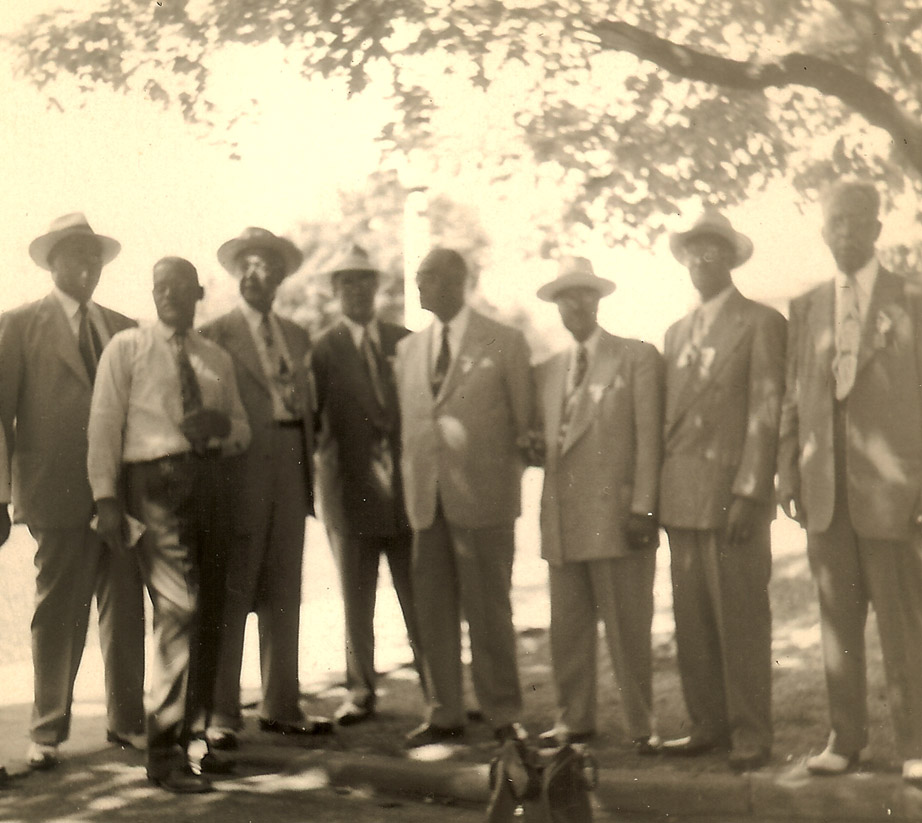
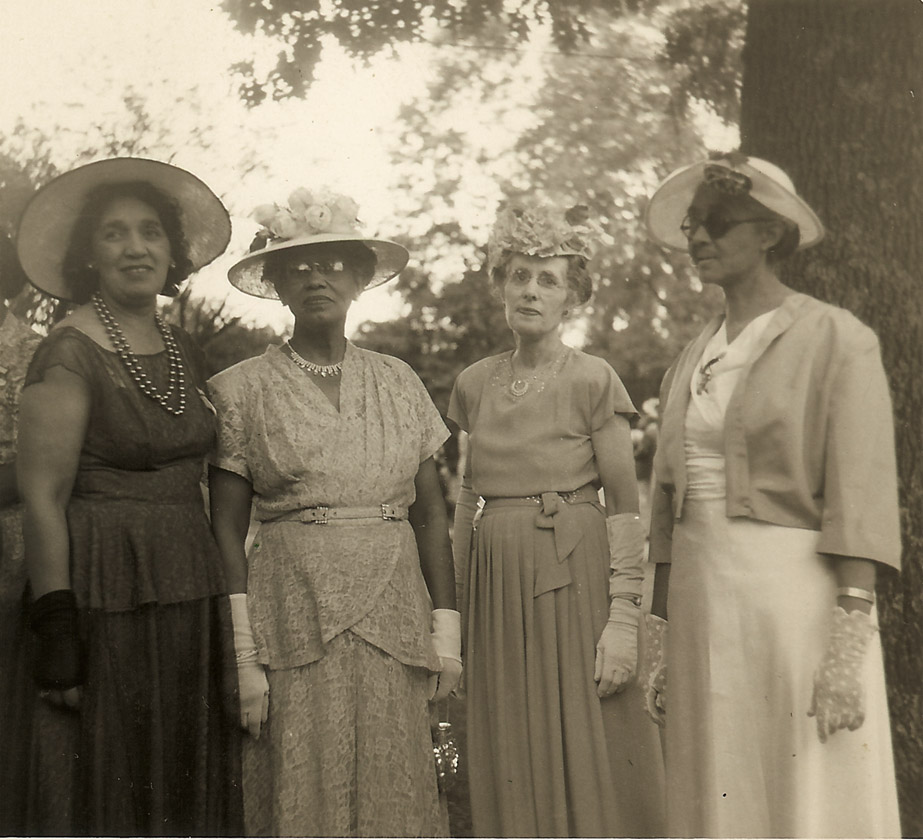
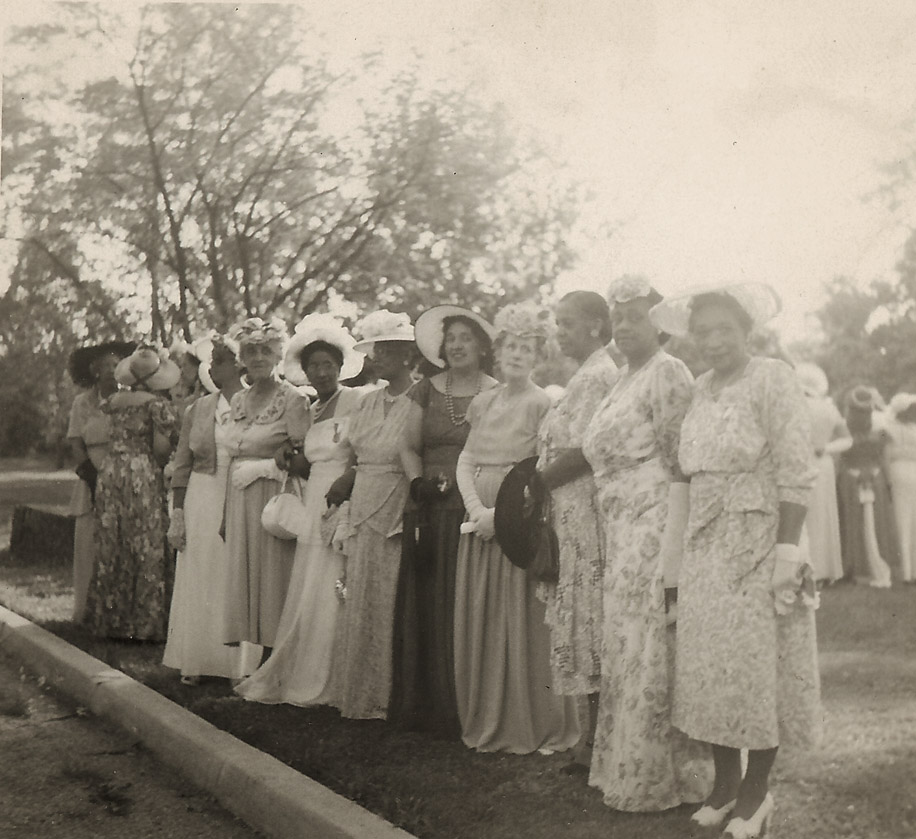
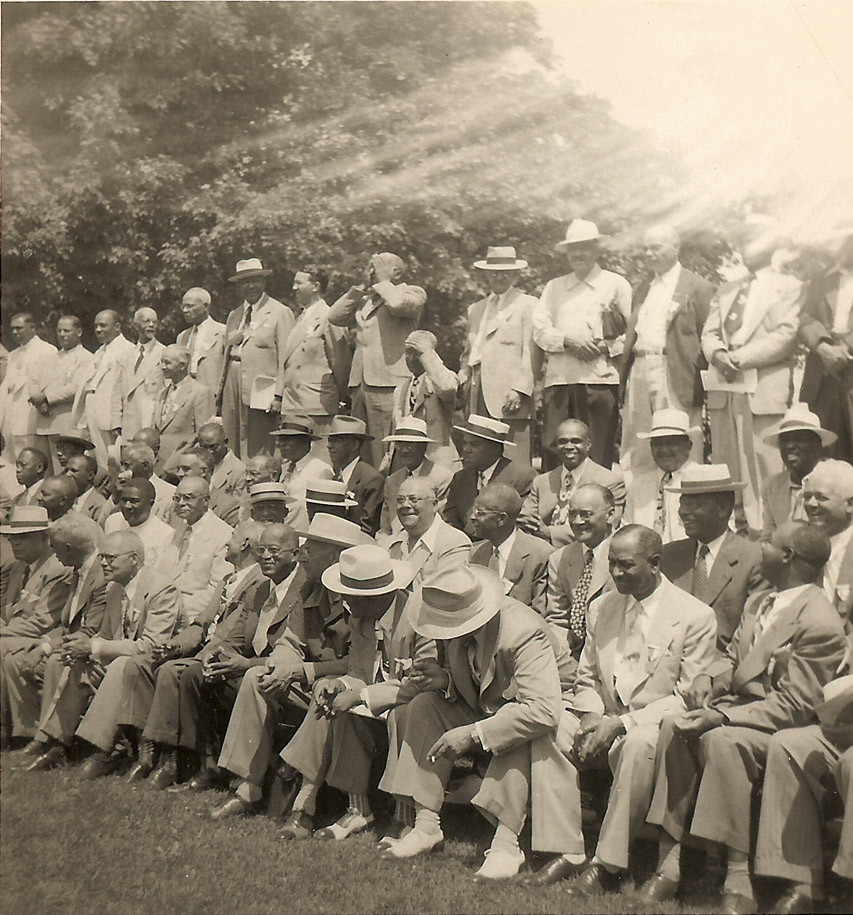 “Sigma Pi Phi Fraternity, also known as the Boule, is the first Greek-letter fraternity to be founded by African American men. Significantly, unlike the other African American Greek -letter organizations, its members already have received college and professional degrees at the time of their induction. The fraternity’s insignia is the Sphinx.
“Sigma Pi Phi Fraternity, also known as the Boule, is the first Greek-letter fraternity to be founded by African American men. Significantly, unlike the other African American Greek -letter organizations, its members already have received college and professional degrees at the time of their induction. The fraternity’s insignia is the Sphinx.
From the beginning, Sigma Pi Phi Fraternity was a learned society, a social fraternity and an advancement organization, albeit a quiet one. As well, the fraternity believed absolutely in the equality of standing of its members and insisted that anyone who was eligible for membership was eligible and qualified for leadership. The founders were so certain of this fact that the fraternity selected its officers by lot, a custom that continued for the most senior officer until 1970.” Taken from the official Boule page. Click to read the more about the Boulé.
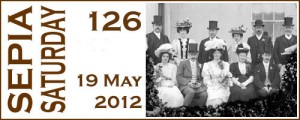

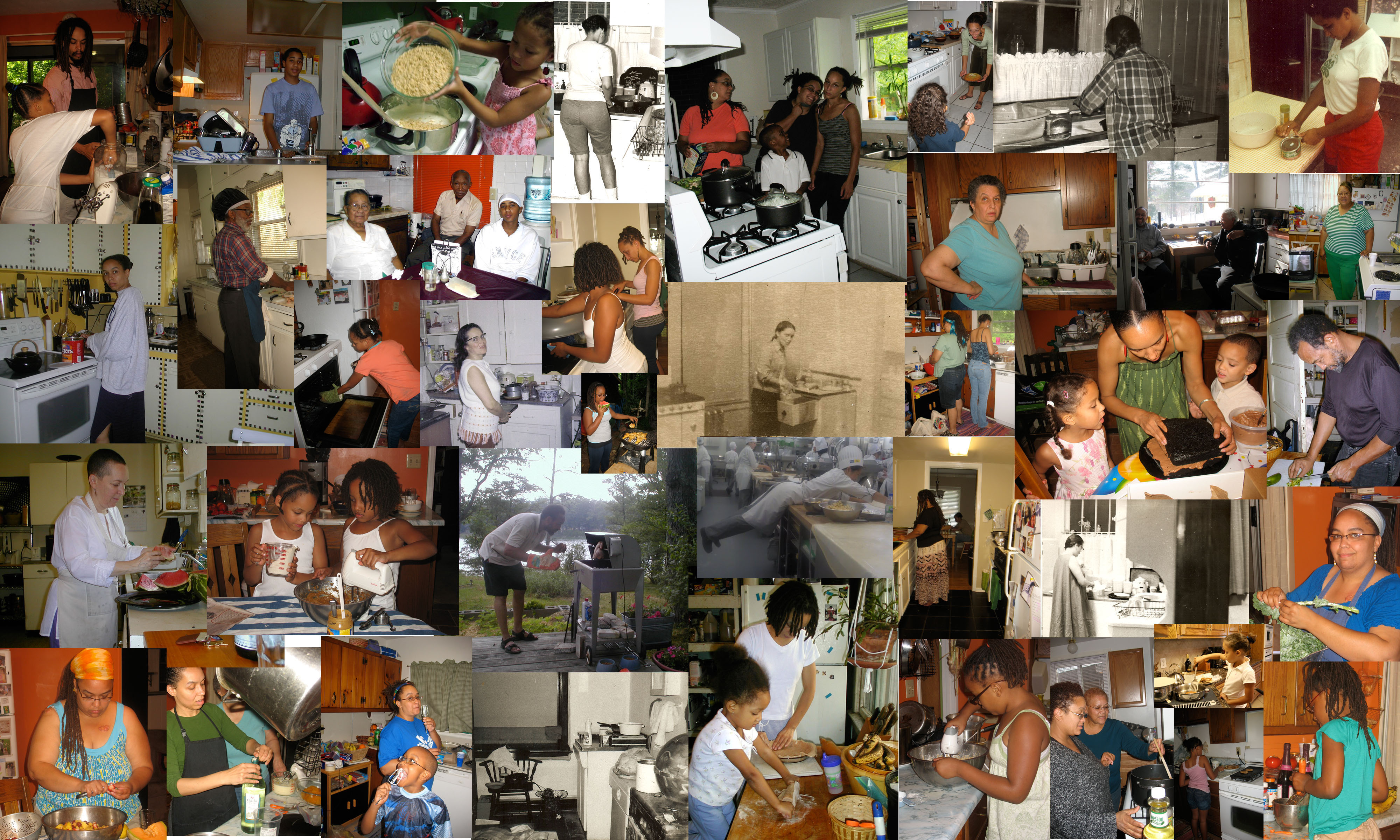 My mother, my husband, my children, my grandchildren, my sister, my in-laws, some friends and me in various kitchens down through the years. I couldn’t find any photographs of my grandparents in the kitchen, although I know there is at least one of my grandmother Fannie out there. I am preparing to participate in the Family History Through the Alphabet Challenge by writing about streets that have played an important part in my life. These kitchens will reappear in these posts in the coming weeks.
My mother, my husband, my children, my grandchildren, my sister, my in-laws, some friends and me in various kitchens down through the years. I couldn’t find any photographs of my grandparents in the kitchen, although I know there is at least one of my grandmother Fannie out there. I am preparing to participate in the Family History Through the Alphabet Challenge by writing about streets that have played an important part in my life. These kitchens will reappear in these posts in the coming weeks.
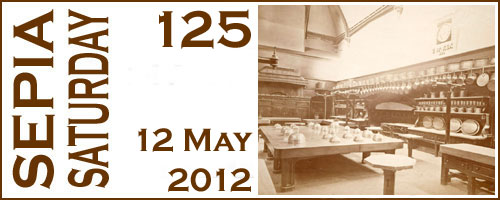
In late April of 1966 I was 19 and a sophomore at Wayne State University in Detroit. Northern High students walked out of school on April 25 to protest the way they were being (or not being) educated. Several other inner city high schools walked out in sympathy. Northwestern organized a supporting boycott and my sister, Pearl, was a leader. My father and others were providing adult support.
I usually studied in the sociology room of the Main Library, which was in the middle of Wayne’s campus. As I was leaving to go to my next class that day, a guy came up and asked if I was Rev. Cleage’s daughter. I said I was. He asked if I was leading the Northwestern boycott and I said no, that was my sister. We made arrangements to meet after my class on the picket line in front of the Board of Education Building.
We did and afterwards sat around for several hours talking in the “corner” in the cafeteria at Mackenzie Hall. The “corner” was where black students congregated. I felt strangely comfortable with Jim. Strange for me, anyway, since I didn’t feel comfortable with anybody, unless I was in a political discussion. He tried to convince me to join a sorority and convert the members to revolution. There wasn’t a chance I was going to do that. He also told me that he was “nice”. I asked if he meant as in some people were “revolutionaries”, he was “nice”. He said yes, that’s what he meant.
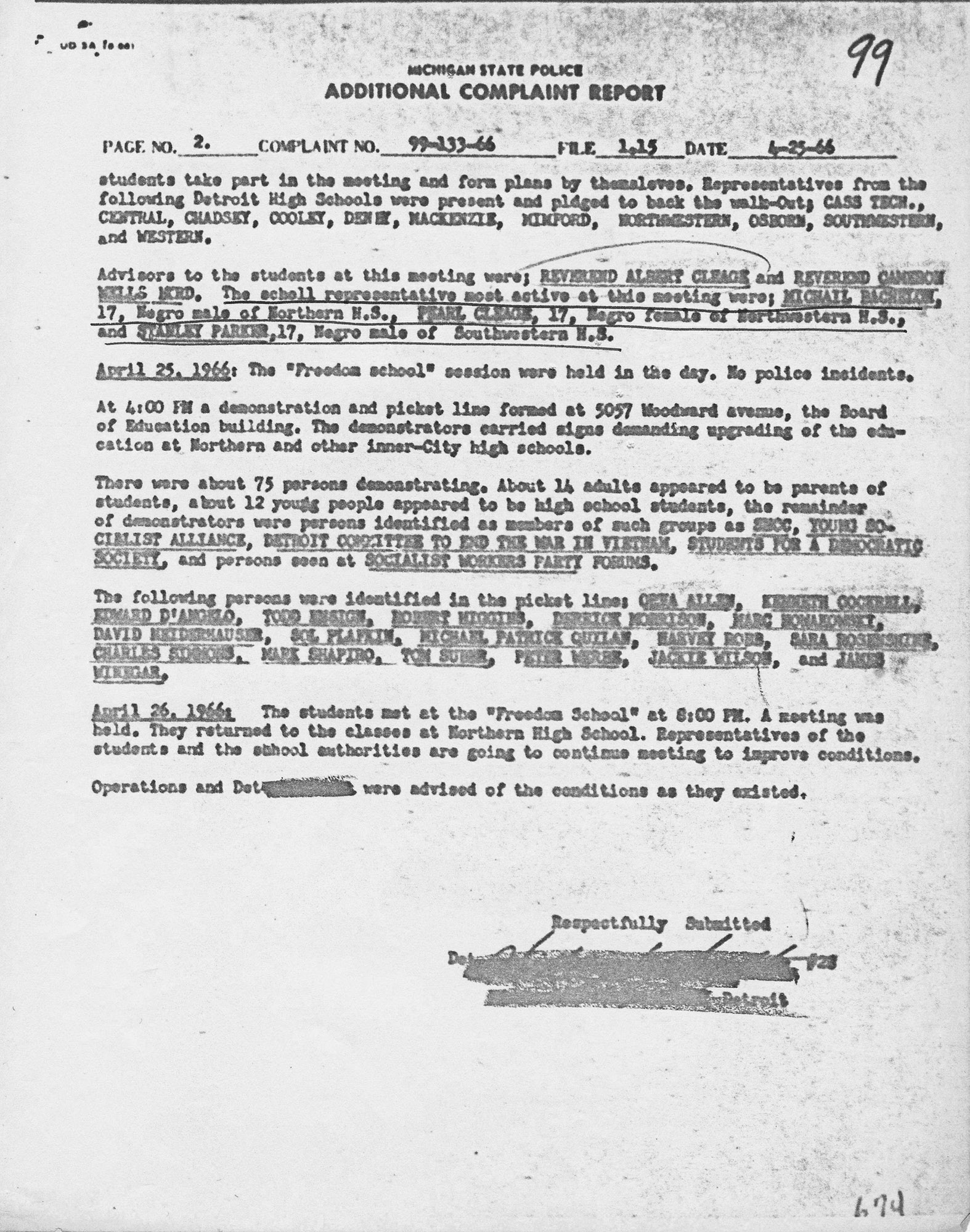
Michigan State Police
Additional Complaint Report
Page No. 2 Complaint 99-133-66 file 1.15 Date 4-25-66
(note: seems to be continued from a lost page)…students take part in the meeting and form plans by themselves. Representatives from the following Detroit High Schools were present and pledged to back the walk-out, Cass Tech, Central, Chadsey, Cooley, Denby, Mackienzie, Mumford, Northwestern, Southeastern and Western.
Advisers to the students at this meeting were; Reverend Albert Cleage and Reverend Cameron Wells MED. The school representatives most active at this meeting were; Micheal Bach____, 17, Negro male of Northern HS, Pearl Cleage, 17, Negro female of Northwestern HS and Stanley Parker, 17, Negro male of Southwestern HS.
April 25, 1966: The “Freedom School” session (sic) were held in the day. No police incidents.
At 4:oo PM a demonstration and picket line formed at 5057 Woodward Avenue, the Board of Education building. The demonstrators carried signs demanding upgrading of the education at Northern and other inner-city high schools.
There were about 75 persons demonstrating. About 14 adults appeared to be parents of students, about 12 young people appeared to be high school students, the remainder of demonstrators were persons identified as members of such groups as SNCC, Young Socialist Alliance, Detroit Committee to end the War in Vietnam, Students for a Democratic Society and persons seen at Socialist Workers Party Forums.
The following persons were identified in the picket lines: _____ Allen, Kenneth Cockerel, Edward D’Angelo, Todd Ensign, Robert Higgins, Derrick Morrison, Marc ____, David Neiderhauser, Sol Plafkin, Micheal Patrick Quinlin, Harvey Roes, Sarah Rosenshine, Charles Simmons, Mark Shapiro, Tom____, Peter_______, Jackie Wilson and James Winegar.
April 26, 1966: The students met at the “Freedom School” at 8:00 PM a meeting was held. They returned to the classes at Northern High School. Representatives of the students and the school authorities are going to continue meeting to improve conditions.
__________FAST FORWARD TO APRIL 26, 2012_________
Today, April 26, 2012, I received this email from a community organizer in Detroit about a student walkout yesterday.
“Today, 180 students were suspended for walking out of Western HS yesterday. Their cell phones were taken from them and messages and numbers were gone through by security. The police deleted numbers and messages from the students’ phones.
This month, Frederick Douglass Academy students walked out over constant turnover of teachers and shortage of supplies. The principal being fired was the catalyst in this student lead walk out. The secretary of the school was ultimately fired, as well.
Mumford HS students walked out, refusing to have Mumford put into the Educational Achievement Authority (failing district). The students were suspended and the teacher who told them they are not failures was fired for allegedly encouraging them to walk out.“
To read more about the present walkout on huffpost go to Detroit Student Walkout.
To visit a website with information by the involved students about the freedom school that starts today (Friday, April 27) and more, click Southwest Detroit Freedom School. The article is on the left side and there are more links at the bottom of the article. I’m cheered to find organizing going on in response to what happened. Almost makes me wish I was in Detroit.
There is no May Pole in this post but there are a couple of Demonstrations that I think will represent May Day.
 I found this photo in my collection. It was dedicated to one of my aunts from what looks like “Tummil”. I do not know who he is or where he’s going or what happened to him.
I found this photo in my collection. It was dedicated to one of my aunts from what looks like “Tummil”. I do not know who he is or where he’s going or what happened to him.
New information: received this today “The plane is an AT-6 Texan. The man in the plane is definitely an officer and possibly a pilot. The photograph was taken in the states, possibly circa 1940-1950 as that was when the majority of training took place. TA stands for Trainer Aircraft. Neither of us recognize the pilot.”
And yet more information: “Please let your sister know that we are not saying he was not a Tuskegee Airman. By the fact that he is sitting in an A-6 trainer suggests he was in the Tuskegee program But right now we have no way of knowing if he graduated or when he was in the program. If I get a name then all sorts of avenues open up. We just need to get lucky where someone recognizes him as having been in their class. We have records of each graduating class. The first graduating class was 42-C-SE on March 6, 1942. The “SE” stands for Single Engine so the first class was all Fighter Pilots. There were five graduating officers:
Captain Benjamin O. Davis, Jr.
2nd Lt. Lemuel R. Custis
2nd Lt. Charles DeBow
2nd Lt. George S. Roberts
2nd Lt. Mac Ross
There were forty-four Single Engine classes and twenty-one TE (Twin Engine) classes. The last class to graduate was 46-C-TE on June 28, 1946, 2nd Lt. Claude A. Rowe from Detroit Michigan. The problem is that there were approximately one thousand pilots who graduated. Only three hundred (+) went over to Europe. Of that group at last count we know of forty four who are still living. But… I know a guy. He is ninety three and sharp as a tack. He was attached to Headquarters. I’m going to send him a copy and see what he says. By the way, he had to jump out of planes twice during the war. When I interviewed him he told me all kinds of great stories. But the last one did make me smile. I asked him if, at the end he took anything from his plane before he left to get on the boat to come home. I swear there was a twinkle in his eye when he said, “…Well, you know some of the ladies who built the planes would write their names on the inside of the cockpit in lipstick. They would also leave their phone numbers. I made some calls!”‘
I graduated with a BFA in December of 1968 and caught the Greyhound bus out of town right after Christmas. At the time, it was the only way I could figure out to leave home. My true love was living with someone else. My parents would not look kindly on me moving to my own place in Detroit, so I hit the road. I first went to San Francisco. Stayed about a week. The person I knew out there had returned to Mississippi. Decided to head to Washington D.C. where my sister was a student at Howard. I hadn’t enjoyed the 5 day bus ride out so I caught the train east. I stayed in my sister’s dorm room for a week or two, until one of her play writing teachers hooked me up with a friend of his in New York City, a woman from Belgium who taught French at Columbia University.
I caught the train to NYC and took a cab from Grand Central Station to her apartment on Riverside Drive. I remember looking out of the apartment window one evening, listening to Joni Mitchell singing “I’ve looked at Clouds” coming from another apartment. I stayed with her a week or two, got a job doing clerical work. Met some of her friends. Tried hash. Whoa. Moved to the YWCA when her mother came for a visit. Went through the blizzard of 1969. Got a letter from Jim and decided to go back to Detroit. I took a plane.
Some first thoughts on arriving back were that Detroit was the dirtiest place I’d been. Gray and dirty. I moved back in my mother’s and got a job at the newly opened Church sewing factory. It was just the sort of job I wanted. I didn’t have to give it any thought so I could devote my mind to planning and plotting other things. There were only about 4 of us working there, sewing African print “mod” clothes. I felt a connection to my seamstress ancestors while working there.
Several weeks later, I moved out, much to the consternation of my parents, especially my mother, who would have rather I discussed it with her first instead of the late night call I made telling her I wouldn’t be coming home. After staying in the Black Conscience Library for a few days (there was a living quarters), I found an apartment and discovered it wasn’t that hard to move out and be on my own. I felt a great weight off of my mind, being on my own. I worked there sewing for almost a year before leaving to become a revolutionary librarian and have my first daughter. I was 22.